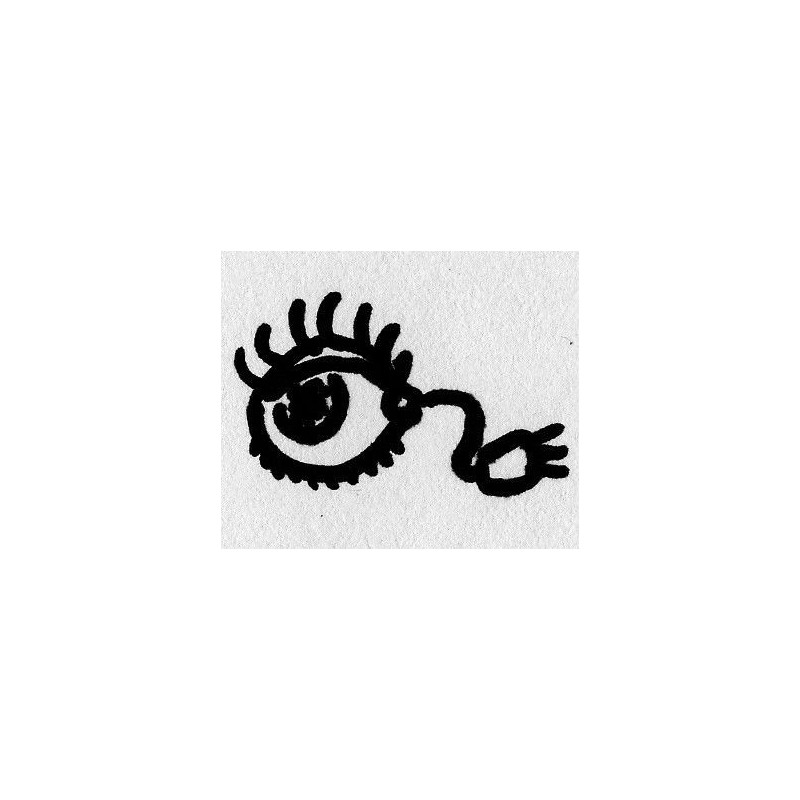



Concepts related to simple sensors: for sensors that connect to a non-specific interface, such as 2 or 8 Analog Inputs.
A simple sensor is one that sends either a binary signal (digital, On/Off) or a variable electrical signal (analog) without the need for complex electronics (unlike an ultrasonic rangefinder or a camera). These sensors often have a three-wire output, which is connected to an interface specialized in translating these signals into Midi, RS232, or other protocols.
The sensors we offer in this section do not inherently have a Midi output: they only send an electrical signal between 0 and 5 V. They can be connected to our "1 analog input," "2" or "8 analog / 8 digital" modules to send measurements via the MIDI protocol.
All of these sensors can also be connected to our adaptation cards and are thus compatible with IRCAM interfaces. Additionally, with the appropriate extension (correct wire order and type of connector) specific to each interface, they can also be connected to analog sensor interfaces from other suppliers.
For more information on acquisition chains (how a sensor system works), you can refer to the summary of the "Use of Sensors in Art" course.
In summary, all simple sensors can be reduced to two modes of operation: analog (such as a potentiometer) or on/off (such as a switch). Their behavior can therefore be simulated during the research phase of a project using these two simple-to-use sensors.
For more details on various switch sensors: see the On/Off page.
We have chosen to separate the sensor from its cable to make the system as modular as possible: the extensions can vary in length, from 30 cm to 5 meters, and the connectors can adapt to various interfaces from other manufacturers.
Data acquisition chain, from the sensor to the computer: sensors, extensions, Midi interfaces, Midi transmission, computer or Midi device.
Wiring order for sensors, extensions, converters
Most of the time, simple sensors are used within software (or a development environment) for real-time event management, such as Pure Data, Max MSP, Isadora, Processing, VVVV, Bidule, EyesWeb. The data from the sensors is received in this software, processed, transformed, and ultimately used to modify sound or visual flows or to trigger events such as sound, video, 3D, light, movement, etc.
The Programming section of the site provides tools and examples to use our equipment with these software environments. These tools are created as requests arise.
Many details can be found on the pages for Receiving Midi Data, which describe common concepts for all real-time management software, as well as the basic Midi objects for each.
|
Sensor
|
mA
|
| Proximity Sensor |
40 à 60
|
| FSR |
<5
|
| LDR |
15
|
| Potentiometer |
<5
|
| Temperature |
<5
|
| Module "1 Analog Input" |
15
|
Il n'y a pas d'autres documents disponibles ici pour le moment.
You might also like